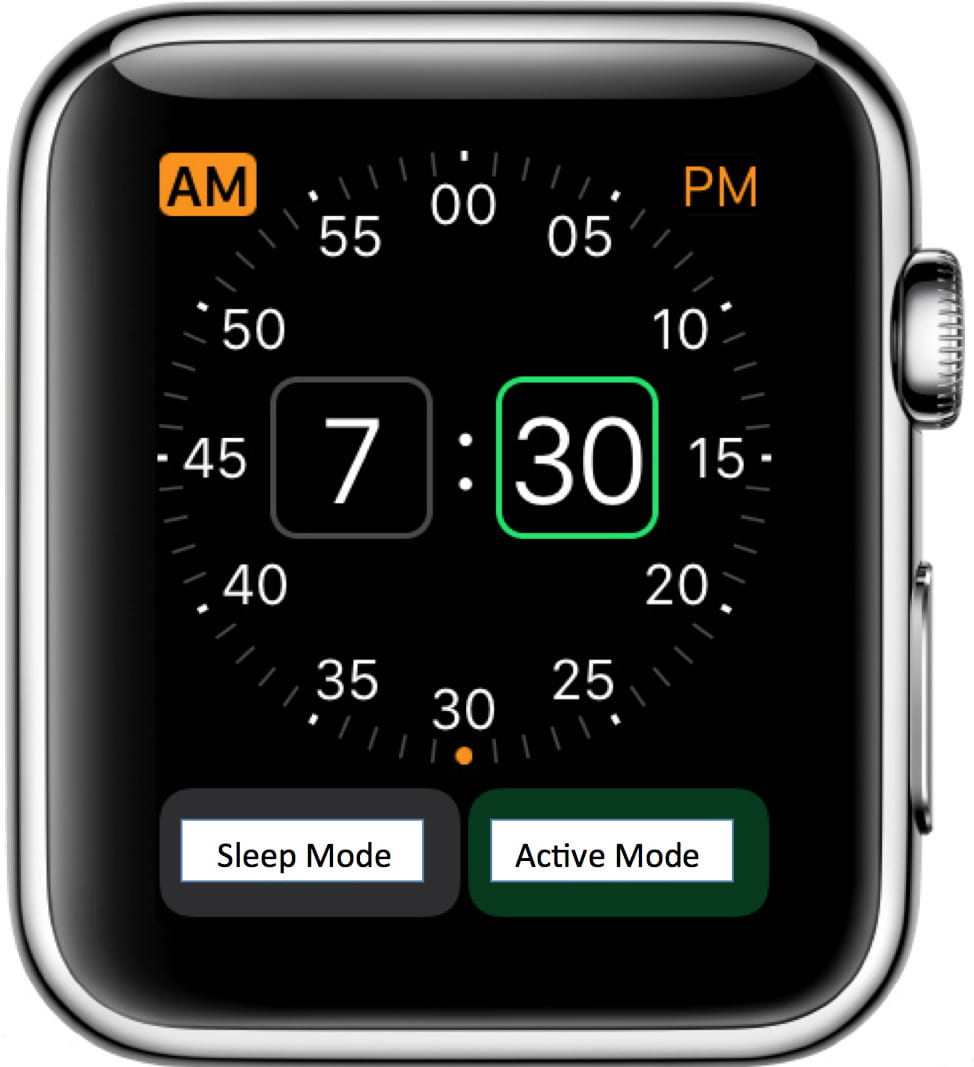UCI-led study finds novel molecular clues behind nocturnal behavior
Research provides new insights into sleep/awake circadian rhythm patterns

Irvine, Calif., Aug. 22, 2016 — Research from University of California, Irvine scientists and their colleagues offers new insights into why many animals sleep at night and are active during the day, while others do the reverse.
A team headed by Qun-Yong Zhou, UCI professor of pharmacology, examined the day/night patterns of monkeys (diurnal) and mice (nocturnal) and found that although both process light through the eyes in a similar way, the signals that determine sleep/awake modes are sent to the brain via different routes and produce completely opposite sleep/awake patterns.
“Since humans are diurnal, this has clear implications for potential novel treatment of certain sleep or mood disorders,” said Zhou, the study’s lead author. Results appear online in Molecular Brain.
Sleep/awake patterns are among the basic physiological functions in virtually all organisms that are governed by circadian rhythms. These fundamental time-tracking systems anticipate environmental changes and adapt to the appropriate time of day.
Zhou and his colleagues discovered that the sleep/awake switch exists in the eyes within the intrinsically photosensitive retinal ganglion cells, or ipRGC. Previously, a brain region called the suprachiasmatic nucleus, or SCN, was believed to house the master clock that keeps the body on an approximately 24-hour schedule.
The current findings give the eyes a more central role in the control of the sleep/awake cycle. In the nocturnal mice, ipRGC and SCN appear to function similarly, and either could serve as the timekeeper. But in the diurnal monkeys, the eyes’ ipRGC seems to be dominant.
“Considering the long-held view of SCN as the master clock for our circadian rhythms, the idea that the eyes – or particularly ipRGC – are the commander in chief is somewhat surprising,” Zhou said. “But it makes logical sense, as diurnal mammals are visually driven. The eyes not only guide us around during our wakefulness time, but they also dictate when we go to sleep.”
It had been thought that distinct switches triggered after signaling to the SCN generated completely opposite sleep/awake patterns during day and night for diurnal and nocturnal creatures. But no such different switches have been found.
Instead, Zhou and his fellow researchers discovered that the sleep/awake control mechanism differs in monkeys and mice before signaling to the SCN, in the neural circuitry controlling sleep and wakefulness. A novel but elegantly designed bifurcation of ipRGC to brain centers produces the inverse sleep/awake patterns for the monkeys and mice.
In mice, ipRGC, via connection to the SCN, signals the animals to sleep during daytime. In monkeys, this stay-put message from the ipRGC-SCN pathway is overpowered by signals from a more dominant clock pathway of ipRGC to a midbrain structure called the superior colliculus that tell the animals to be awake during daytime.
These findings challenge the long-presumed master role of the suprachiasmatic clock in all mammals. At least in monkeys – and possibly in humans and other diurnal species – ipRGC may be more important than the suprachiasmatic clock in determining when to be active and when to sleep.
“Our thinking makes evolutionary sense as well,” Zhou said. “Early mammals, during the dinosaur age, are believed to have been nocturnal, and diurnal species came later. It is completely logical that this diurnality co-evolved with the vision dominance of diurnal mammals via the expansion of the wake-promoting ipRGC-superior colliculus pathway and the simultaneous diminishment of the sleep-promoting ipRGC-SCN pathway. Thus, light puts mice to sleep, but it wakes up monkeys and other diurnal mammals.”
Katherine Burton, Yanjun Sun, Xiangmin Xu and Xiaohan Li of UCI; Matthew Neal and Anumantha Kanthasamy of Iowa State University; Yu Qiao of Kunming Medical University in Yunnan, China; and Yuanye Ma of Kunming University of Science & Technology in Yunnan, China, contributed to the study, which was supported, in part, by National Institutes of Health grants.
About the University of California, Irvine: Founded in 1965, UCI is the youngest member of the prestigious Association of American Universities. The campus has produced three Nobel laureates and is known for its academic achievement, premier research, innovation and anteater mascot. Led by Chancellor Howard Gillman, UCI has more than 30,000 students and offers 192 degree programs. It’s located in one of the world’s safest and most economically vibrant communities and is Orange County’s second-largest employer, contributing $5 billion annually to the local economy. For more on UCI, visit www.uci.edu.
Media access: Radio programs/stations may, for a fee, use an on-campus ISDN line to interview UCI faculty and experts, subject to availability and university approval. For more UCI news, visit wp.communications.uci.edu. Additional resources for journalists may be found at communications.uci.edu/for-journalists.